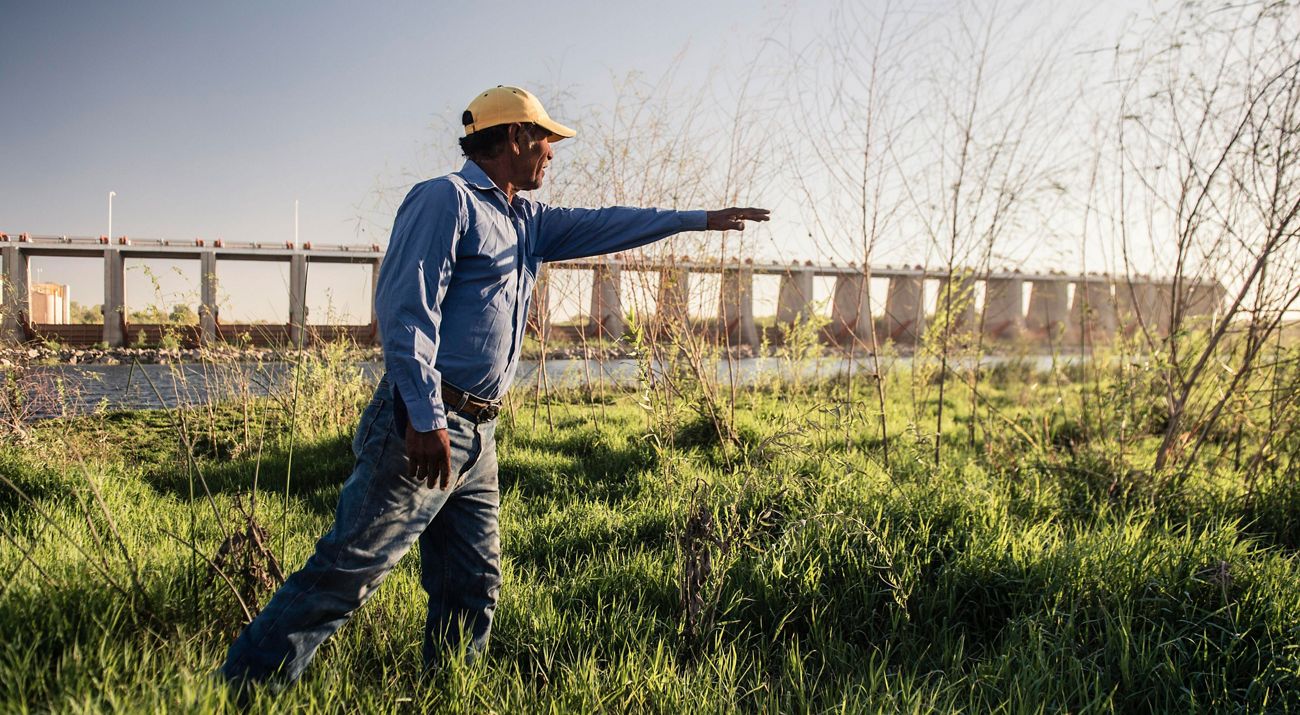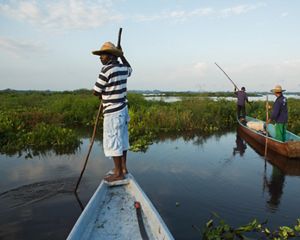
Rivers that Produce Energy and Guarantee Conservation
Hydropower by Design in Mexico
The energy of rivers is key to fighting climate change. To optimize the power of rivers, hydroelectric infrastructure requires adequate planning based on a comprehensive, systemic and long-term vision. In Mexico’s vibrant Coatzacoalcos River Basin, The Nature Conservancy is using one river to achieve this.
The impact of climate change demands that we decrease our fossil fuel dependency and transition to clean energy sources. The strength and flow of rivers seem like the ideal candidates for clean energy production. However, the construction of dams and turbine installations may imply a great risk for biodiversity if not done carefully. The work of The Nature Conservancy (TNC) is fundamentally improving the sustainable development of energy infrastructure in Mexico and the rest of the world.
Hydroelectric power allows us to prevent the emission of three gigatons of greenhouse gases into the atmosphere or around ten percent of the planet´s total emissions. However, the necessary infrastructure for hydropower development can introduce a significant amount of environmental risks, including competition for the use of water between agriculture and the provision of drinking water to cities and small towns.
Hydropower by Design is an integral approach to the planning and management of hydropower development at a macro-basin scale, and helps prevent negative environmental and social impacts.
The first stage of this new form of planning and implementation focuses on identifying the interests of all stakeholders and incorporating ecological and social considerations to optimize benefits and promote sustainability. TNC is using the system-scale approach to help the government of Mexico develop this tool in a major tributary of the Gulf of Mexico: the Coatzacoalcos River.
The project involves Mexico’s Secretary of Energy (SENER), the Federal Electricity Commission (CFE), and the Mexican Association of Hydroelectric Energy (AMEXHIDRO). And the Interamerican Development Bank has provided $700,000 in funding. Working in partnerships with these stakeholders, TNC uses scientifically-developed assessment, evaluation and planning tools to reduce investment risks in hydroelectric infrastructure projects. The systemic planning effort at the macro level permits the evaluation of impacts these projects can have on industry and agriculture, on the lives of towns and cities in Veracruz - one of the richest states in Mexico both culturally and naturally - and on the biodiversity that inhabits the river and gives it life.
Based on the information the project provides, the Mexican government may avoid conflicts and develop innovative diagnostic, negotiation and evaluation mechanisms that benefit not only users of river-produced energy but local communities as well. Thanks to efforts such as those based on the Hydropower by Design approach, fighting climate change can also become a way to drive development and conservation efforts.


